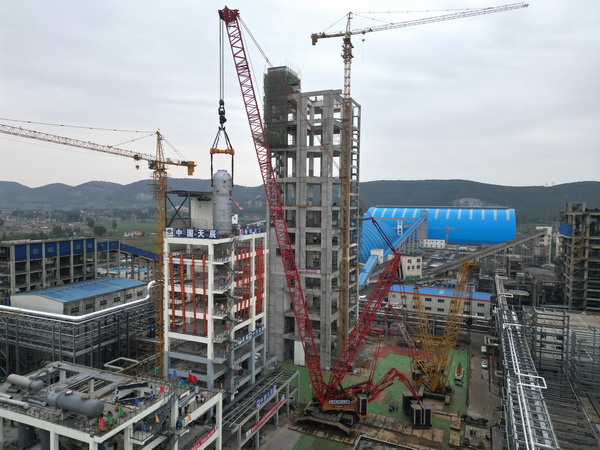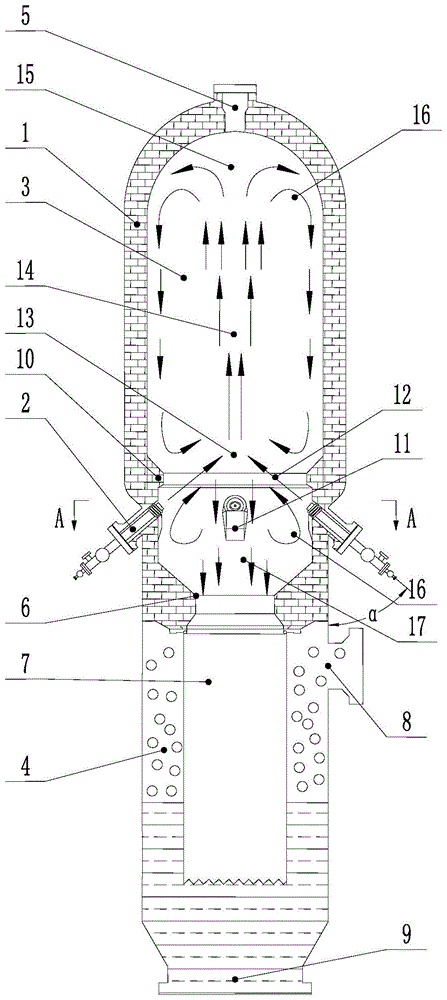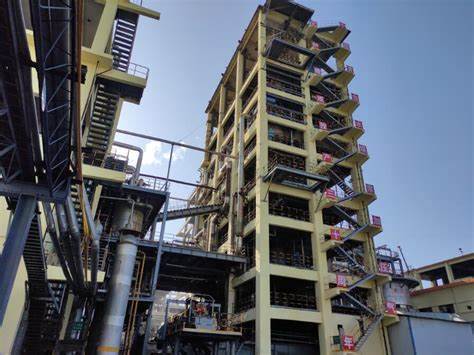Come prolungare la vita del rivestimento refrattario del gassificatore?
The service life of the gasifier refractory lining is directly related to the operating cost and economic benefits of the entire plant. Perciò, we have classified and summarized how to extend the service life of the gasifier refractory lining, aiming to continuously optimize various indicators during operation.

Stable operating conditions
(1) Strictly follow the furnace drying curve to prevent the displacement of refractory bricks due to rapid changes in furnace temperature. In particular, the first maintenance of cold new bricks must be carried out strictly according to the time. The constant temperature time of each stage can only be extended, not shortened.
(2) During normal operation, analyze the melting point of raw coal and coal slurry ash every day. According to the analysis data, control the appropriate oxygen-coal ratio and control the furnace temperature well to prevent heat accumulation caused by slag mouth blockage and direct damage to furnace bricks caused by excessive temperature.
(3) Switch the gasifier regularly during operation. The gasifier load should not be too high to ensure good burner atomization and reduce the chance of accidental jump. After the burner has been running for more than 30 giorni, it will no longer be operated in conjunction. When operating in conjunction, try to keep the furnace temperature above 900℃ to avoid vibration caused by low-temperature feeding.
(4) Measure mattoni refrattari regularly. Adjust the center ratio and the position of the reaction center area promptly according to the measurement data to keep the refractory bricks evenly used and prevent the “barrel” effect.

Optimizing the viscosity-temperature characteristics of ash
Due to the poor viscosity-temperature characteristics of coal ash, the operating flexibility is small and it is difficult to form a protective layer. Through analysis, the alkalinity in the coal ash composition is improper. Here we use (CaO+Fe₂O₃+MgO)/(SiO₂+Al₂O₃) to measure, and this ratio is generally between 0.1 E 1. When the ratio is about 0.5, the alkali-acid ratio is moderate, and the test coal sample has this ratio of 1.268, so some acidic substances should be introduced into the coal.

 Fabbrica dei refrattari di Rongsheng
Fabbrica dei refrattari di Rongsheng
WeChat
Scansiona il codice QR con wechat